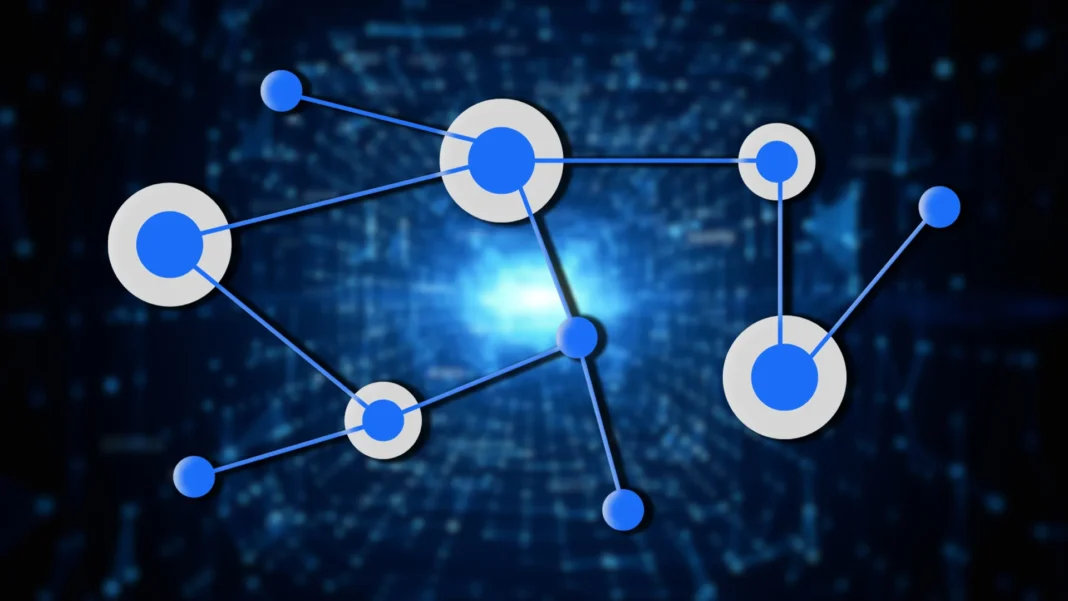- DAG is capable of handling streams as well as batch data sets because it can be applied to the processing of both data sets.
- The data is sometimes stored for long periods and for more contingent analysis.
What are Directed Acyclic Graphs?
DAG is a graphical representation of a series of activities. The order of these activities is determined by a graph visually represented by circles.
Each circle depicts a specific activity. Out of all the circles, some are connected by lines, these lines represent the flow of information between different activities.
Unlike blockchain, which contains blocks and stores data in these blocks, DAG consists of vertices and edges. The transactions are recorded on these vertices and this data is stored on top of one another
Like on the blockchain, the data is sent to the DAG by nodes only. These nodes are required to complete a Proof-of-Work task in order to submit a transaction.
DAG is not so different from blockchain when it comes to administering new transactions. Just like blockchains, which require new blocks to reference previous blocks in order to get accepted into the network. New transactions on DAG should reference previous transactions in order to get accepted into the network.
DAG employs an algorithm that determines the tip on which the transaction will be built. The tips with the highest number of confirmations are most likely to be selected for the building.
Compared to blockchains, Directed Acyclic Graphs have a number of identifiable advantages. Such as the transaction speed is higher as the transaction processing is not delayed by block creation as it gets in the blockchain.
DAGs do not incur any transaction fees as there are no miners, and since there are no miners, the environment is free from the pollution caused by mining.
Now, it’s not all roses for DAG, it has some downsides too. The major one is unlike blockchains, they are not decentralized. Moreover, the use of DAGs is in its nascent stage. These two are the major reasons why DAGs are being used only for starting a network and not for building a stable and lasting network.
Uses of Directed Acyclic Graphs
DAGs are used for data processing flows, among other important types of flows. By keeping large-scale data processing in mind, it is easier to take plausible steps to organize these jobs.
In a data processing environment, multiple series of computations are performed on the data to create one or more destinations for that data. This type of data flow is called a data pipeline.
Say, for example, that the sales data can be processed immediately and analyzed to produce real-time results that can be recommended to the customers.
Since this data is a part of the processing lifecycle, it goes through multiple levels of the process, which include,
- Cleansing: This means correcting incorrect or invalid data in the processing cycle.
- Aggregation: It means the calculation of summarised data.
- Enrichment: This means, identifying the relationships between other relevant datasets.
- Transformation: This means, writing the data into a new format.
One pivotal characteristic of DAG’s data processing models is that they have multiple pathways for the information to flow in multiple directions. This is crucial because it identifies the need to process data in multiple ways.
Conclusion
Directed Acyclic Graphs (DAGs) offer a promising alternative to traditional blockchains for data processing and transaction handling. While they have advantages in terms of speed and transaction fees, their centralized nature and relative novelty still present challenges. DAGs are particularly suitable for data processing flows, allowing for efficient organization and analysis of large-scale data in various ways. As technology advances, DAGs may find wider applications in building robust and lasting networks.


